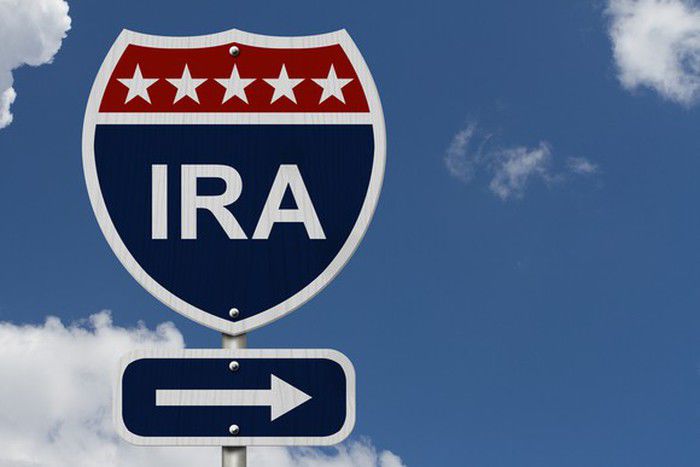
Many workers who wish to save for retirement have access to a 401(k) plan through their jobs. But if you don’t have that option, you can always revert to the good old IRA.
IRAs are available in two main varieties: the traditional and the Roth. Both come with the same annual contribution limits, which are $5,500 for workers under 50 and $6,500 for those 50 and older. But they vary in the way contributions and withdrawals are treated from a tax perspective.
With a traditional IRA, the money you contribute goes in tax-free, so you get some immediate savings for funding an account, and your money then grows on a tax-deferred basis so you’re not paying taxes on investment gains year after year. However, when the time comes to take withdrawals, you’ll be taxed on whatever money you remove in retirement. Furthermore, traditional IRAs require you to take minimum distributions beginning at age 70 1/2, thereby creating an automatic tax liability and limiting the extent to which your nest egg can grow.
Roth IRAs work the opposite way. You don’t get an immediate tax break for contributing to one, but your money grows tax-free and withdrawals are taken tax-free. Roth IRAs also don’t impose required minimum distributions, which means your money is free to sit and grow indefinitely. However, higher earners are barred from making direct Roth contributions. For the current year, single tax filers earning above $135,000 and joint tax filers earning more than $199,000 are not eligible to fund a Roth.
Now, you’ll often see financial experts engage in debates over which account type is better, and the truth is that each option has its distinct advantages and drawbacks. But rather than limit yourself to a single IRA, you might consider a different approach for your retirement savings: putting your money into both a traditional and Roth IRA.
Why have two IRAs?
There’s a benefit to saving in a single retirement plan, and it’s that doing so makes keeping tabs on your nest egg easy. But you stand to benefit from a tax and cash-flow perspective by having both a traditional and Roth IRA.
As a general rule, workers who think they’ll be in a higher tax bracket during their careers than in retirement are advised to save in a traditional IRA. This way, they get the tax break when their income is at its highest and they need it the most.
But here’s the thing about tax brackets: They’re subject to change. And if you’re nowhere close to retirement, the reality is that there’s no way to truly predict what your effective tax rate will look like when you’re a senior. And that’s the true upside of saving in a Roth IRA. In doing so, you’re essentially locking in the tax rate you pay on that money rather than taking the risk of what may come to be. Therefore, when you save in both a traditional and Roth IRA, you’re getting a partial tax break now and a partial tax break in retirement.
Imagine you retire with $1 million and wish to withdraw roughly 4% of that balance per year for a total of $40,000. If all of that money is in a traditional IRA, you’ll pay taxes on that sum, the exact amount of which will depend on what tax brackets look like at the time and what your total income is. But if we assume a 25% tax rate, that leaves you with just $30,000 of income to actually work with.
On the other hand, if you were to retire with $1 million split between a traditional and Roth IRA, you’d have the option to take some withdrawals tax-free, thereby reducing your IRS burden and increasing your cash flow when you need it. Just as important, you’d have the option to leave your Roth savings alone so that money stays invested for longer, all the while taking your required minimum distributions from your traditional IRA to not only satisfy that IRS obligation, but also give you access to the cash you need.
In short, saving in both a traditional and Roth IRA buys you more options for the future. If you’re currently earning too much money to directly fund a Roth account, you can always put that money into a traditional IRA and convert part of it to a Roth after the fact. Finally, be aware that if you do choose to fund both a traditional and Roth IRA in a given year, the total you put into those accounts can’t exceed $5,500 or $6,500, depending on your age. If you’re able to max out for the year, you might consider splitting your total contribution evenly down the middle, or otherwise choosing a different allocation that works for you.